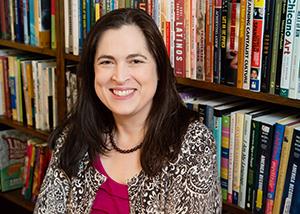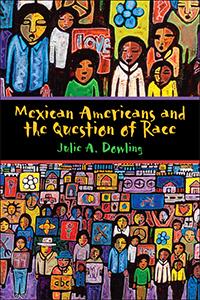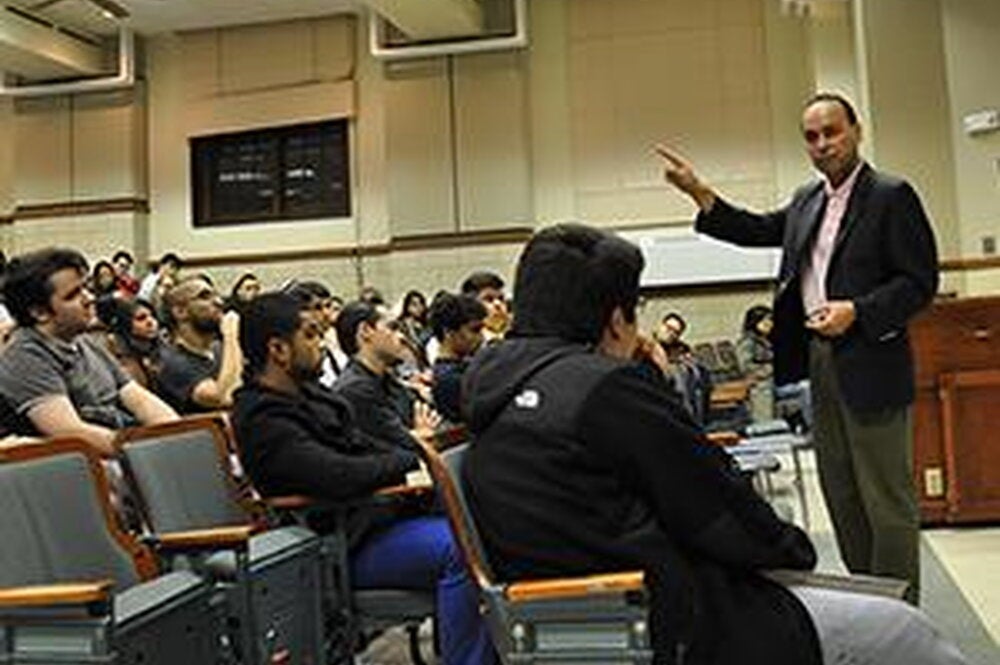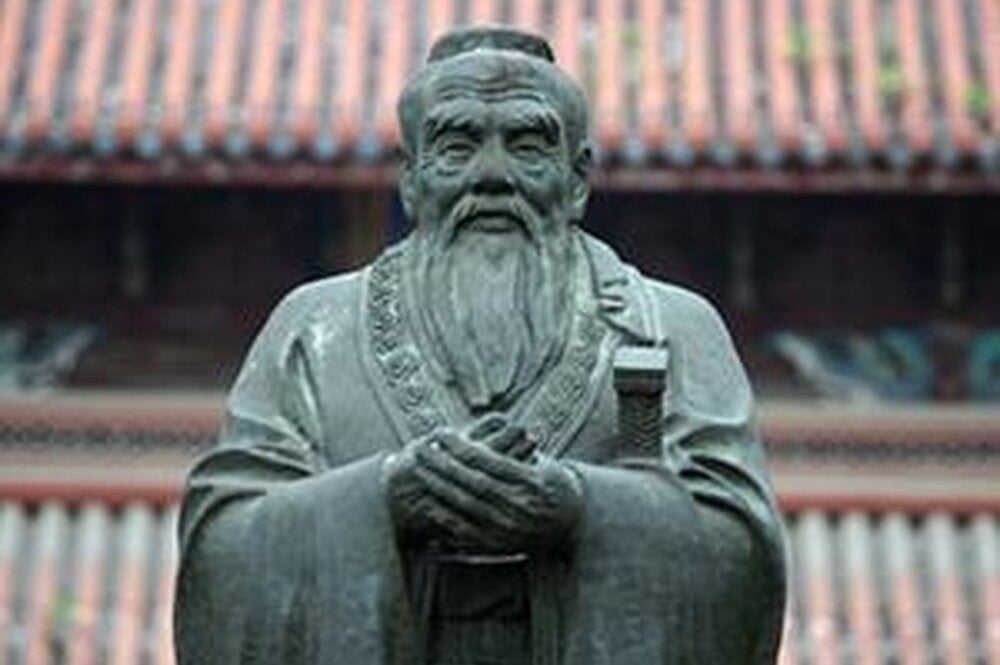

If you examine the border counties of southern Texas, as Julie Dowling did, you’ll learn an interesting thing about race. According to the 2010 census, the population there is about 80 percent white, but if you go there, you’ll see something very different.
“If you walk into those towns, you would not see people who are all light-skinned, and speak only English,” says Dowling, a professor of Latina and Latino studies at Illinois. In fact, some 80 percent of the residents in the region are Latino.
This observation is not confined to Texas. On the U.S. Census form, about half of Latinos (who identified themselves as Latino in a separate question) check “white” in response to the question about race. Half check “other race.”
Based on in-depth interviews, which Dowling has used to write a book, Mexican Americans and the Question of Race, many Latinos marking “white” on the census would not describe themselves as white in any other context.
“Checking ‘white’ doesn’t mean that they no longer identify strongly with their Mexican heritage or that others are treating them as if they’re white,” Dowling says. “It’s about their ideology, it’s about the framework that they’re using to explain their experiences with race.”
Most of those who mark “white” have likely experienced discrimination, but may downplay those experiences “because it doesn’t match what they want to say about themselves,” she says. “They manage that disconnect by minimizing those experiences.”

Further complicating the matter in Texas, Dowling says, is that Mexican Americans historically were segregated in schools and elsewhere in a manner similar to African Americans. A key argument in court cases that fought such segregation was that Mexican Americans were white.
Dowling’s conclusions are based on an analysis of census data, as well as on interviews with 86 Mexican-origin respondents split about equally among three Texas locations: the border cities of Mission and McAllen in far southern Hidalgo County, the border city of Del Rio about 320 miles to the northwest, and Dallas/Fort Worth in the northern part of the state.
About 25 percent of the respondents were immigrants, about 40 percent were second generation in the U.S., and about one-third were third generation or later.
The research is timely, as Dowling has consulted with the U.S. Census Bureau on a proposal—that Dowling supports—that would change the way the census form deals with race, ethnicity, and national origin.
Under the proposal, separate questions on race and Latino ethnicity would be removed in favor of a single combined question about race or origin. The respondent would be asked to check one or more of seven major categories, among them white and Hispanic/Latino/Spanish. Under each category, the respondent then would be asked to write in a specific term, such as German or Irish under white, and Mexican American or Puerto Rican under Hispanic/Latino/Spanish.
In Census Bureau tests, this combined question format resulted in data that better reflected how people actually identify themselves, confirmed by extensive follow-up interviews, Dowling says. The number of Latinos checking “white” dropped from about 50 percent to between 9 and 16 percent, she says. The proposed new format also did not produce the undercount of Latinos that some had feared.
The change is needed, Dowling says, because “other race” has become the de facto Latino racial category. Latinos made up 97 percent of “other race” in the last census, making it the third largest racial category, behind white and black.
The separate question about Latino ethnicity on the current form also can have a stigmatizing effect, Dowling says, citing focus group studies conducted by the Census Bureau.
“Some Latinos feel singled out, and that has implications for how they feel about answering the census form, as well as how other people see them as a group,” she says. “The Census Bureau has found a way to capture the numbers that also better reflects how people actually identify themselves, and that is really exciting.”


